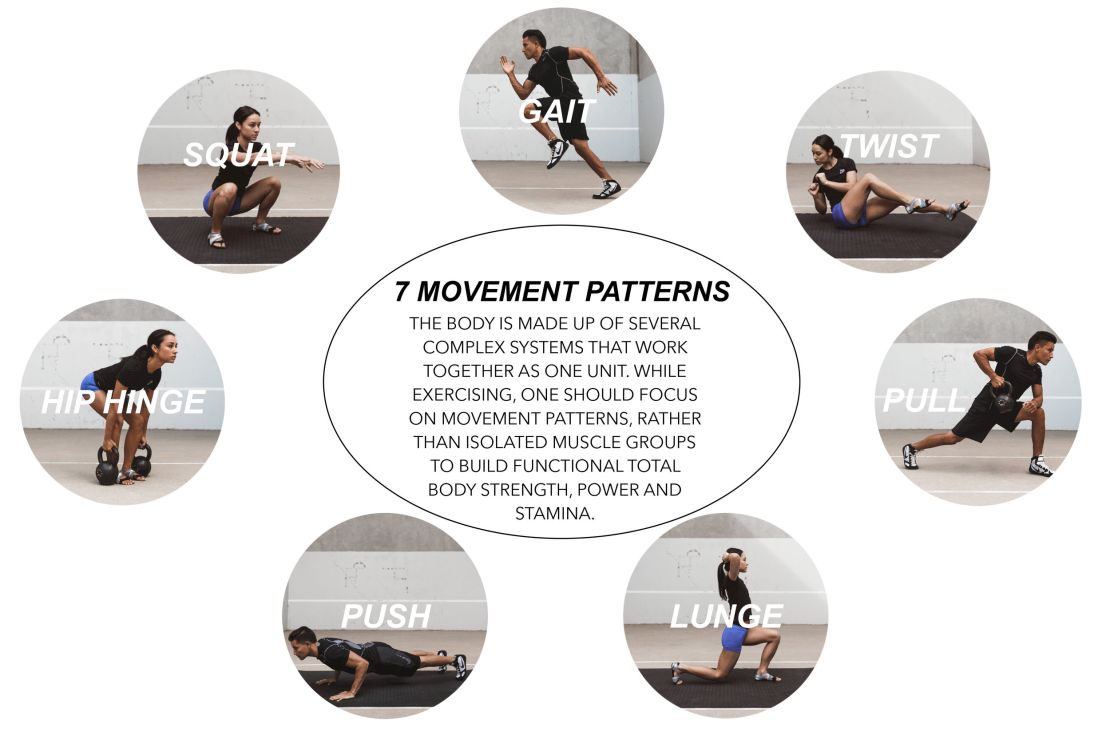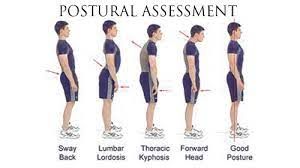
Assessments
Why Postural Assessments Matter

The First Step Toward Understanding Pain, Dysfunction, and Movement Limitations
At Truly Heal Wellness, postural assessments are a critical part of how I evaluate and treat the body. They’re not just about how you stand—they reveal how you move, compensate, and adapt over time. Whether you're an athlete, desk-bound professional, or someone dealing with chronic pain, posture tells the story.
What I’m Looking For:
During an assessment, I examine:
-
Muscle length and tension patterns
-
Joint mobility and alignment
-
Neuromuscular control and coordination
-
Movement restrictions and compensations
-
Overall ability to move efficiently and pain-free
Postural imbalances often stem from muscle dysfunction, joint misalignment, or repetitive strain. These issues can lead to movement dysfunction, pain, and reduced performance. For example, a boxer may adopt a rounded shoulder posture for strategic advantage—but when tested, may be able to self-correct, revealing that the posture is functional, not pathological.
Why It Matters:

Sustained muscular contractions—like those caused by poor posture—impair blood flow and tissue recovery. Optimal posture allows muscles to relax between contractions, restoring circulation and reducing fatigue. That’s why assessment is key: it helps us identify what’s adaptive, what’s dysfunctional, and what needs correction.
The Modern Posture Problem:
Most clients spend hours seated, staring at screens. This isn’t limited to office workers anymore—it starts young, with smartphones and tablets shaping posture from childhood. The most common imbalances I see include:
-
Shortened hip flexors
-
Forward head posture
-
Rounded thoracic spine
-
Anteriorly rotated shoulders
These patterns don’t just affect how you look—they affect how you move, breathe, and recover.
Postural assessments are the foundation of every care plan I build. They guide treatment, track progress, and help you understand your body in a way that empowers long-term change. Whether you're here for pain relief, performance, or prevention—assessment is where we start, and clarity is what we gain.